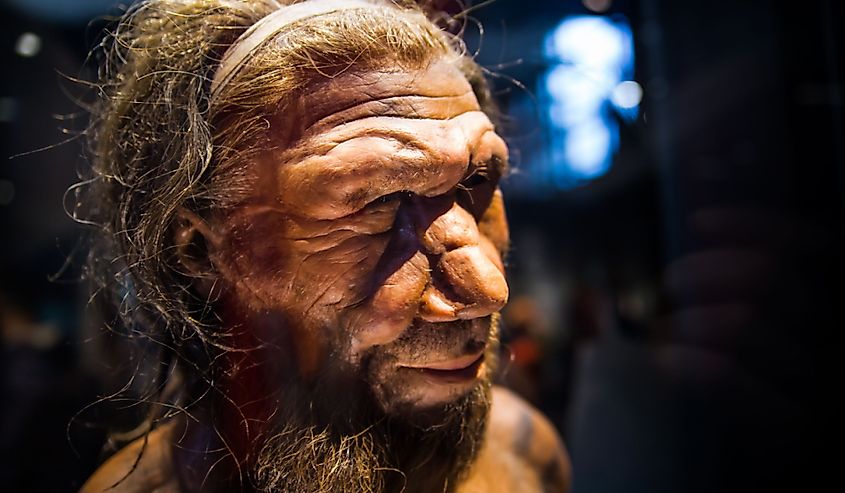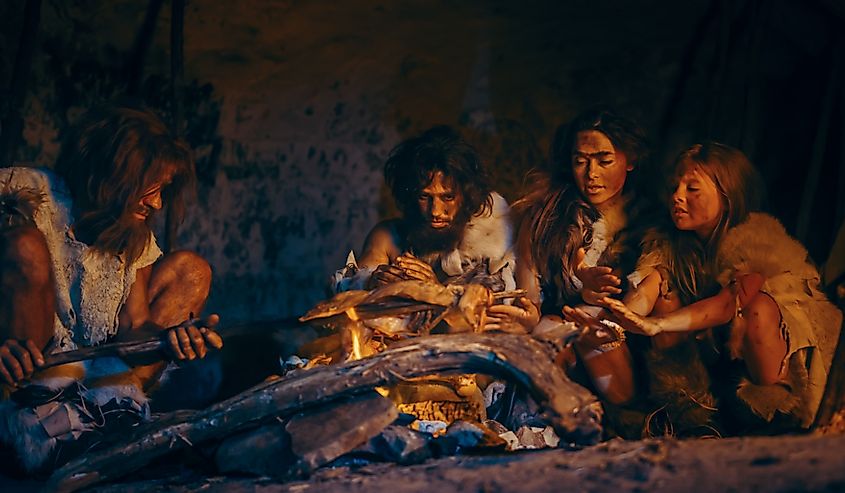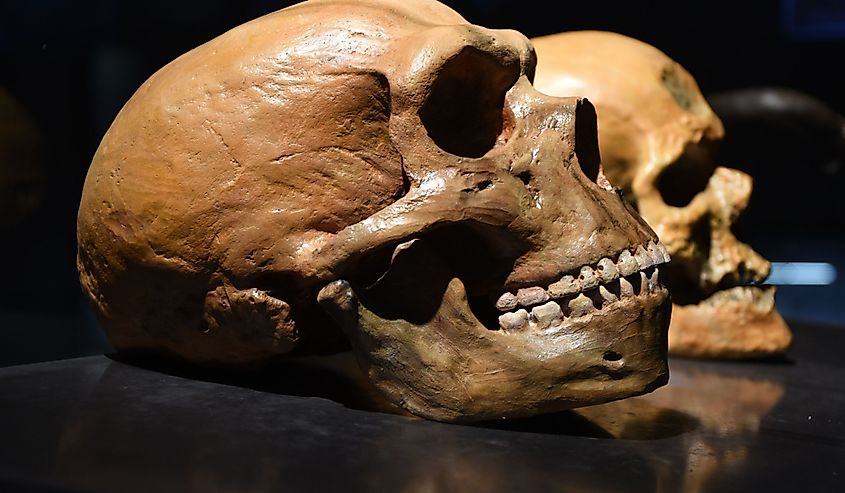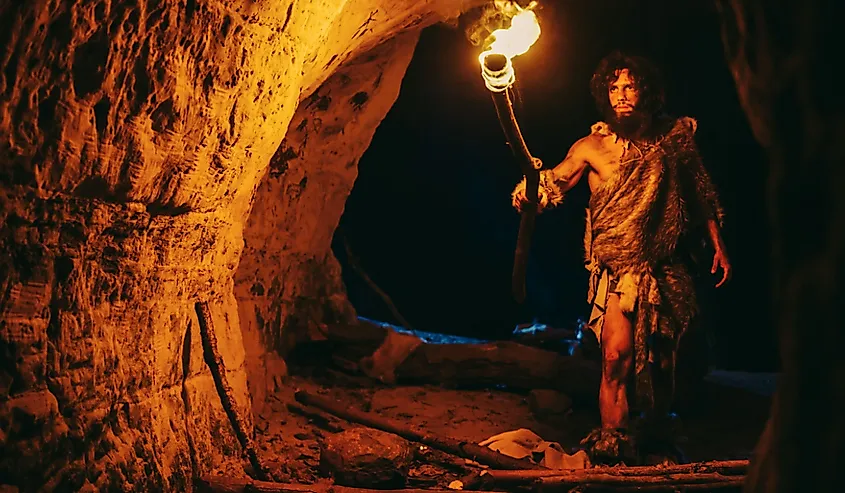
Why Did the Neanderthals Go Extinct?
Hominin refers to a group of species considered to be human. While today the only surviving species from the group are homo sapiens, fossil evidence tells us there were other hominin species that walked the earth. One of these species was the Neanderthals. While a common belief was the violence of homo sapiens caused the Neanderthals to go extinct, anthropologists have research that shows there are other reasons for the Neanderthals going extinct.
Who Were The Neanderthals?

The Neanderthals, scientifically known as Homo neanderthalensis, were a distinct species and one of modern man's closest human relatives. They lived in Eurasia from the Atlantic regions of Europe eastward to Central Asia. Genetic evidence suggests that the divergence between the two species happened about 500,000 years ago, but it may have happened as early as 650,000 years ago.
Until recently, Neanderthals and humans were considered to be genetically, behaviorally, and morphologically distinct from each other. However, recent fossils suggest an overlap between Neanderthals and modern-day homo sapiens. Today only homo sapiens remain, and the exact cause of the extinction of the Neanderthals is unknown. Anthropologists believe a mixture of factors, such as climate change, disease, nutritional deficiencies, and violence all contributed to the species extinction.
Violence

Some anthropologists hypothesize that the Neanderthal's extinction is due to violent conflict between homo sapiens and Neanderthals. Fossil findings indicate that homo sapiens acted more aggressively 10,000 years ago. Genetic findings in homo sapiens in the ADSL, GLDC, and SLITRK1 genes show mutations that make individuals more inclined to act aggressively. These genes were not found in the Neanderthal DNA analyzed. Anthropologists theorize Neanderthals were therefore more cooperative and less aggressive than homo sapiens. Some people theorize that primitive warfare could have even conspired between the two species.
Violence in early human hunter-gather societies likely started from resource competition, often following a natural disaster. This violence could have led to the Neanderthal's extinction. The theory that homo sapiens and Neanderthals had violent relations that lead to the extinction of the Neanderthals, was first thought of by anthropologist Marcellin Boule, in 1912.
Disease

Besides physical violence, homo sapiens may have contributed to the extinction of the Neanderthals by exposing them to different pathogens. There is evidence that various pathogens passed through different hominin populations. However, not all hominins would have had immunity to the same pathogens. While homo sapiens were resistant to certain diseases, the Neanderthals were not. If the two species lived close to each other, viruses may have been able to jump easily between the two species. Some of these pathogens may have caused an epidemic for the Neanderthals, leading to their extinction. Some research also suggests homo sapiens may have overcome disease burdens earlier than Neanderthals. This would have made homo sapiens better prepared when traveling to Eurasia.
Interbreeding

Interbreeding is another way anthropologists suspect the Neanderthals may have gone extinct. There is evidence that homo-sapiens and Neanderthals were interbreeding. However, it is unlikely that a species would become extinct from interbreeding alone. Specific calculations of how many Neanderthals and homo-sapiens were interbreeding can give more information on how much interbreeding had an effect on the survival of the Neanderthals.
While the Neanderthals interbred with homo sapiens, the Neanderthals were also inbreeding. Researchers hypothesize due to climate crises Neanderthals may have lived in small groups, isolated from others, where half-siblings would mate. The remaining Neanderthal groups would have been small and lacked genetic diversity. This would have made them susceptible to disease, climate change, and other stressors, possibly leading to their extinction.
Climate Change

The decline in the Neanderthals happened at the same time that the climate in Europe changed. While interbreeding and violence likely played a role in the extinction of the Neanderthals, they are both factors predicted to have a small impact on the species. Climate, by contrast, can have a huge impact on a species.
Paleoclimate records show that 44,000 years ago in Europe there was a cold, dry period that lasted 1,000 years. This was not an exclusive episode. Records show that 40,800 years ago, a similar event lasted 600 years. At the same time as the cold climate disruption, the Neanderthals began to disappear from the Danube River Valley and in France. This was important since it was the center of Neanderthal territory. At the same time, early humans began to appear. During the first cold period, anthropologists hypothesize Neanderthals began to die out. During the second cold period, the remaining bands of Neanderthals were then likely interbreeding with homo sapiens.
Conclusion
While it is still unclear exactly how Neanderthals went extinct, anthropologists believe a combination of violence, disease, interbreeding, and climate change contributed to the Neanderthal's extinction. Each factor that could have led to the extinction of the Neanderthals had an impact on other species, homo sapiens in particular. As people learn more about the Neanderthals, people learn more about homo sapiens. As archeologists discover more DNA and evidence, people inch closer to learning the truth about what happened in the Neanderthal era and why the Neanderthals went extinct.











